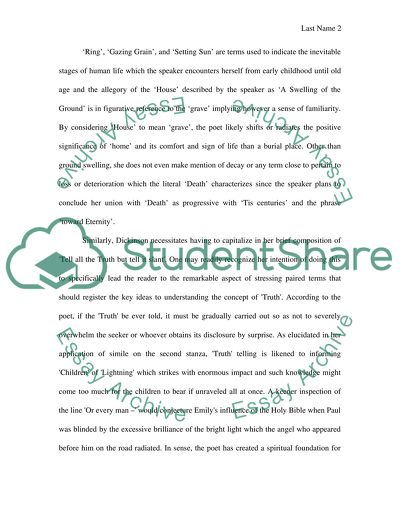Cite this document
(“The Poetic Styling of Emily Dickinson Essay Example | Topics and Well Written Essays - 1250 words”, n.d.)
The Poetic Styling of Emily Dickinson Essay Example | Topics and Well Written Essays - 1250 words. Retrieved from https://studentshare.org/literature/1438731-the-poetic-styling-of-emily-dickinson
The Poetic Styling of Emily Dickinson Essay Example | Topics and Well Written Essays - 1250 words. Retrieved from https://studentshare.org/literature/1438731-the-poetic-styling-of-emily-dickinson
(The Poetic Styling of Emily Dickinson Essay Example | Topics and Well Written Essays - 1250 Words)
The Poetic Styling of Emily Dickinson Essay Example | Topics and Well Written Essays - 1250 Words. https://studentshare.org/literature/1438731-the-poetic-styling-of-emily-dickinson.
The Poetic Styling of Emily Dickinson Essay Example | Topics and Well Written Essays - 1250 Words. https://studentshare.org/literature/1438731-the-poetic-styling-of-emily-dickinson.
“The Poetic Styling of Emily Dickinson Essay Example | Topics and Well Written Essays - 1250 Words”, n.d. https://studentshare.org/literature/1438731-the-poetic-styling-of-emily-dickinson.


